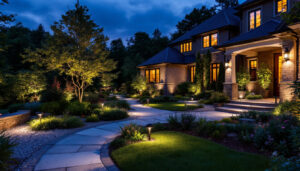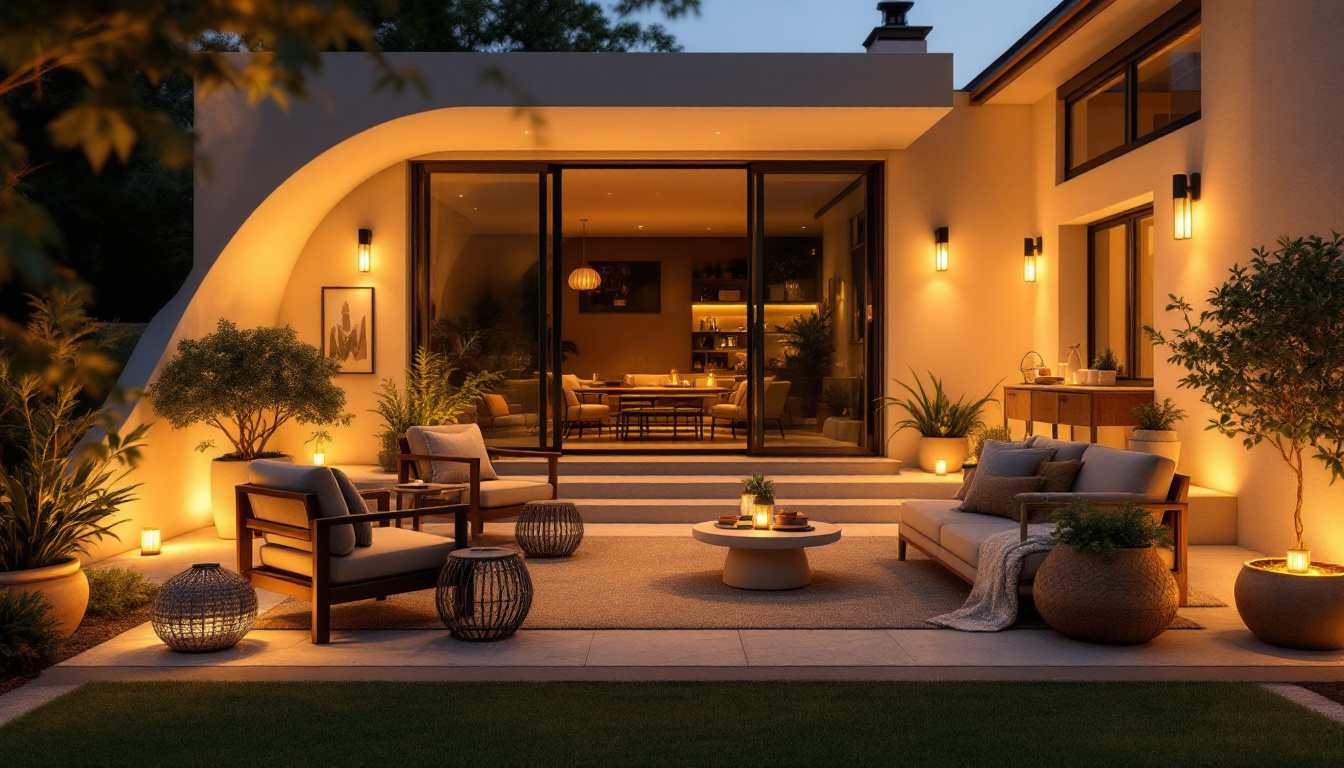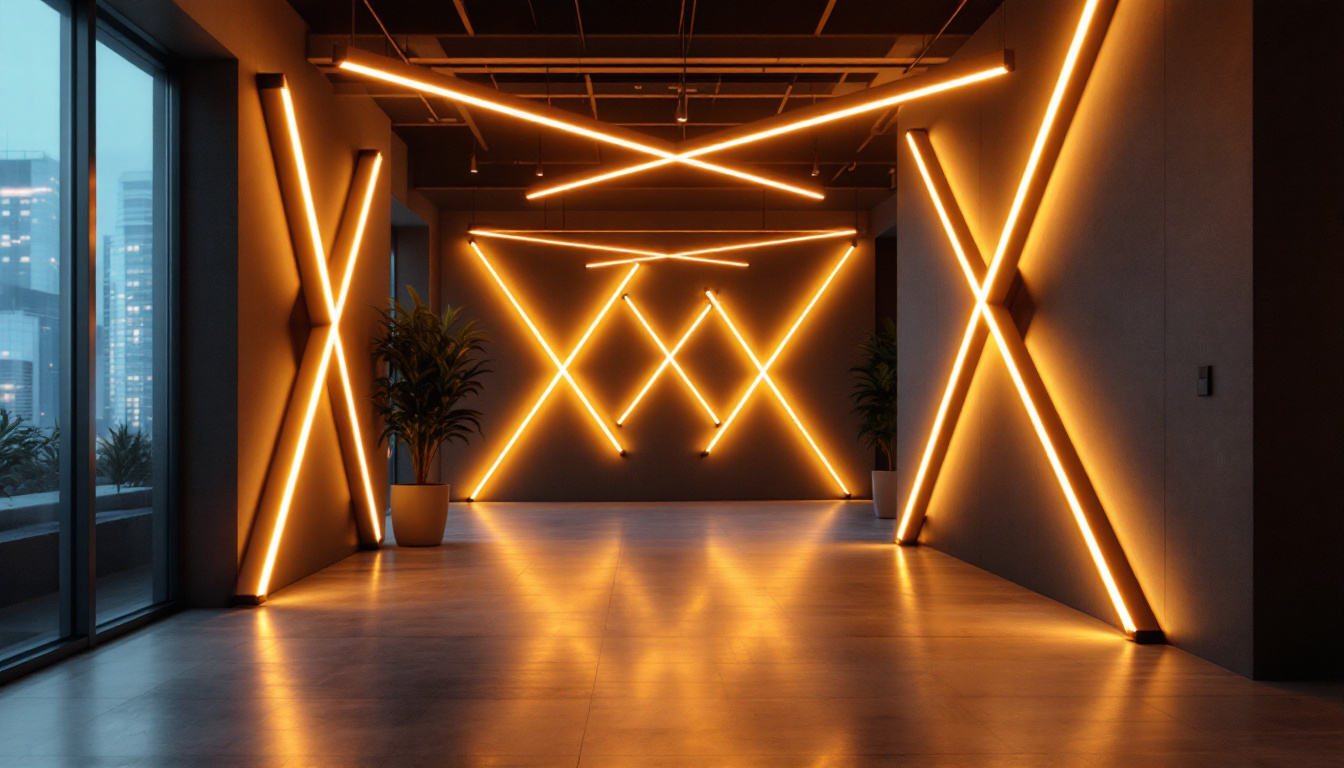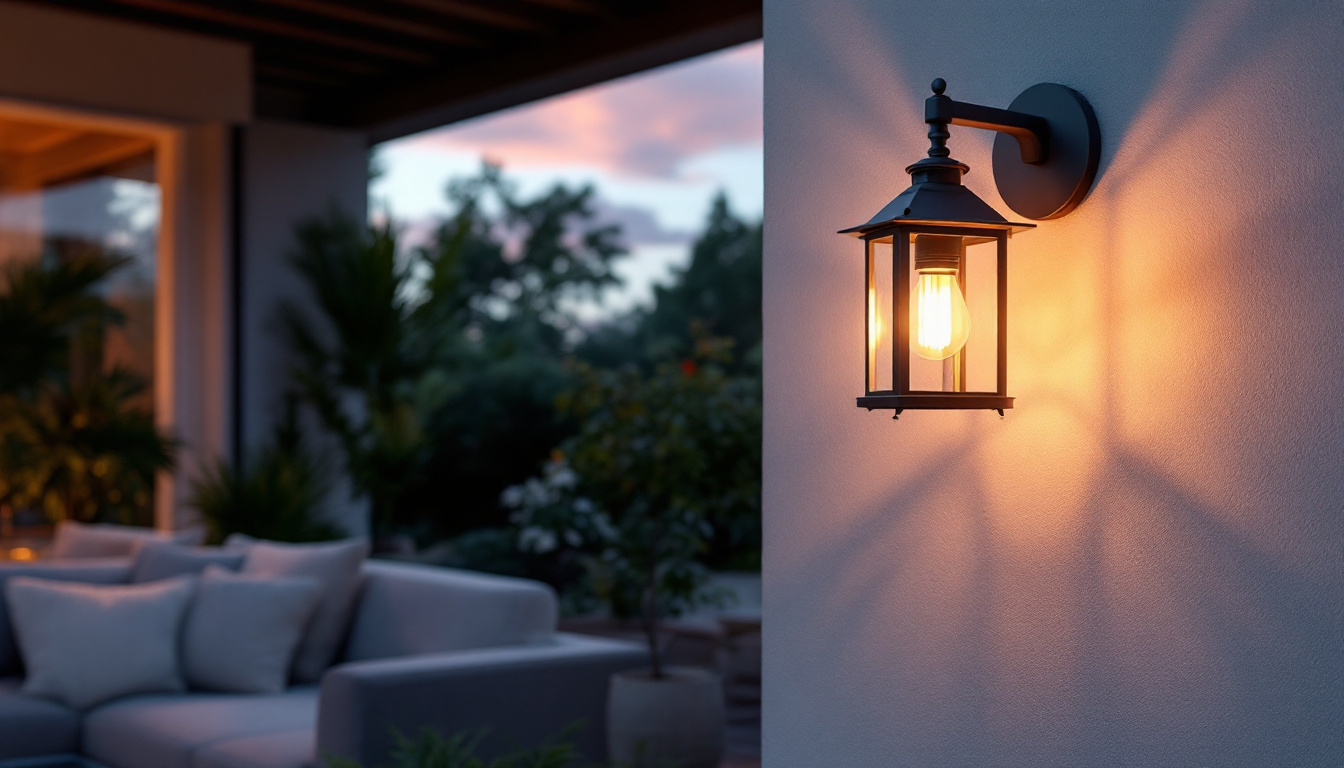

Outdoor patios serve as an extension of the home, providing a space for relaxation, entertainment, and social gatherings. As a lighting contractor, understanding the essentials of outdoor patio lighting is crucial for creating inviting and functional spaces. This article delves into the various aspects of patio lighting, including types of fixtures, design considerations, and installation tips that will elevate your projects and satisfy your clients.
Outdoor lighting is not merely about visibility; it plays a significant role in enhancing the aesthetics and functionality of a space. For lighting contractors, comprehending the different types of outdoor patio lights and their applications is vital. This knowledge can help in selecting the right fixtures that align with the client’s vision while ensuring safety and efficiency.
When it comes to outdoor patio lighting, several types of fixtures can be utilized. Each serves a distinct purpose and contributes to the overall ambiance of the area.
Selecting the appropriate fixtures involves considering several factors, including the size of the patio, the intended use of the space, and the desired ambiance. For instance, a cozy seating area may benefit from softer, ambient lighting, while a dining space may require brighter task lighting.
Moreover, the style of the fixtures should complement the overall design of the patio. Whether opting for modern, rustic, or traditional styles, ensuring a cohesive look will enhance the visual appeal and client satisfaction.
In addition to aesthetics, energy efficiency is a crucial consideration when choosing outdoor lighting. LED fixtures have become increasingly popular due to their longevity and low energy consumption, making them an eco-friendly choice. They are available in various styles, ensuring that clients can find options that fit their design preferences without sacrificing sustainability. Furthermore, incorporating smart lighting systems can provide added convenience, allowing homeowners to control their outdoor lighting via smartphone apps or voice commands, enhancing both security and ease of use.
Another important aspect to consider is the placement of the fixtures. Properly positioned lights can create layers of illumination, which not only improves visibility but also adds depth to the outdoor space. For example, placing lights at different heights—such as ground-level lights along pathways and higher fixtures for general illumination—can create a dynamic and inviting environment. Additionally, strategically illuminating landscaping features can draw attention to the natural beauty of the surroundings, making the patio a more enjoyable place for gatherings or quiet evenings under the stars.
Designing an effective outdoor lighting scheme requires a thoughtful approach. Lighting contractors must consider not only the aesthetic aspects but also the functionality and safety of the installation. Here are some key design considerations to keep in mind.
Layering light is a fundamental principle in lighting design. By combining different types of lighting—ambient, task, and accent—contractors can create a dynamic and versatile outdoor space. Ambient lighting provides overall illumination, task lighting focuses on specific areas, and accent lighting highlights features or architectural elements.
For example, a patio may have overhead string lights for ambient lighting, wall sconces for task lighting near dining areas, and spotlights to accentuate landscaping features. This layered approach not only enhances functionality but also adds depth and interest to the outdoor environment. Moreover, the use of dimmable fixtures can further enhance the versatility of the space, allowing homeowners to adjust the brightness according to the occasion, whether it’s a lively gathering or a quiet evening under the stars.
Safety should always be a priority when designing outdoor lighting. Proper illumination of walkways, steps, and entry points is essential to prevent accidents. Additionally, well-lit areas can deter potential intruders, providing peace of mind for homeowners.
Incorporating motion sensors or timers can enhance security while also conserving energy. These features ensure that lights are activated only when needed, making them an excellent choice for pathways and entrances. Furthermore, using solar-powered lights can be an eco-friendly option, reducing energy consumption while still providing adequate illumination. It’s also important to consider the color temperature of the lights; warmer tones can create a welcoming atmosphere, while cooler tones may be more effective for security purposes, as they tend to illuminate spaces more brightly and clearly.
Additionally, the placement of lighting fixtures should be strategically planned to eliminate dark spots and ensure that all areas are adequately lit. This not only enhances safety but also contributes to the overall aesthetic of the landscape. For instance, using low-level lighting along garden paths can guide visitors safely while showcasing the beauty of the surrounding flora. By thoughtfully integrating these elements, contractors can create an outdoor lighting scheme that is both functional and visually appealing, transforming outdoor spaces into inviting extensions of the home.
Successful installation of outdoor lighting requires careful planning and execution. Lighting contractors should follow best practices to ensure that the fixtures are not only functional but also durable and safe.
Before installation, it is crucial to plan the layout of the lighting. This involves determining the placement of fixtures based on the patio’s design and intended use. Drawing a diagram can help visualize the distribution of light and ensure that all areas are adequately illuminated.
Consider the height at which fixtures will be installed, as this can significantly impact the quality of light. For example, string lights should be hung high enough to provide adequate illumination without obstructing views or causing hazards.
Outdoor lighting installations must adhere to local electrical codes and regulations. Using weatherproof fixtures and wiring is essential to ensure longevity and safety. Additionally, employing GFCI (Ground Fault Circuit Interrupter) outlets can protect against electrical shocks in wet conditions.
It is advisable to consult with a licensed electrician for any complex wiring needs, especially when dealing with high-voltage systems or extensive lighting layouts. Proper grounding and circuit protection will help prevent electrical issues down the line.
With the growing emphasis on sustainability, energy-efficient lighting solutions have become increasingly important. Lighting contractors should be familiar with various options that not only reduce energy consumption but also appeal to environmentally conscious clients.
LED lights have revolutionized outdoor lighting due to their energy efficiency and longevity. Compared to traditional incandescent bulbs, LEDs consume significantly less power and last much longer, making them a cost-effective choice for outdoor installations.
In addition to energy savings, LED lights are available in a variety of color temperatures and styles, allowing for flexibility in design. Whether creating a warm, inviting atmosphere or a cool, modern look, LEDs can meet diverse aesthetic preferences.
Integrating smart lighting technology into outdoor patio designs can enhance convenience and efficiency. Smart lighting systems allow homeowners to control their outdoor lights remotely, adjust brightness levels, and set schedules through mobile apps or voice commands.
These systems can also include features such as motion sensors and timers, further optimizing energy usage. For lighting contractors, offering smart lighting solutions can set them apart in a competitive market and appeal to tech-savvy clients.
Staying updated on the latest trends in outdoor patio lighting can help lighting contractors provide innovative solutions that meet client demands. Here are some current trends that are shaping outdoor lighting designs.
Minimalism continues to influence outdoor lighting, with sleek and unobtrusive fixtures gaining popularity. Homeowners are increasingly favoring designs that blend seamlessly with their surroundings, allowing the natural beauty of the patio to take center stage.
Contractors can explore options such as flush-mounted lights or integrated lighting within architectural elements to achieve a minimalist aesthetic. This approach not only enhances the visual appeal but also creates a sense of spaciousness.
Incorporating natural materials into outdoor lighting fixtures is another trend that resonates with homeowners seeking a connection to nature. Fixtures made from wood, stone, or metal can add warmth and texture to outdoor spaces.
Lighting contractors can consider custom designs that utilize these materials, creating unique fixtures that reflect the client’s personal style while harmonizing with the outdoor environment.
Outdoor patio lighting is a vital aspect of creating functional and inviting outdoor spaces. For lighting contractors, understanding the various types of fixtures, design considerations, and installation best practices is essential for delivering high-quality results that meet client expectations.
By staying informed about energy-efficient solutions and current trends, contractors can offer innovative designs that not only enhance the aesthetic appeal of patios but also contribute to sustainability. Whether it’s through the use of LED technology, smart lighting systems, or minimalist designs, the possibilities for outdoor patio lighting are vast and exciting.
Ultimately, successful outdoor lighting installations require a blend of creativity, technical knowledge, and attention to detail. By mastering these essentials, lighting contractors can elevate their projects and create stunning outdoor environments that clients will love.
Ready to take your outdoor patio lighting projects to the next level? At LumenWholesale, we provide lighting contractors with the highest quality, spec-grade lighting solutions at unbeatable wholesale prices. Say goodbye to local distributor markups and hello to a vast selection of reliable, high-performance lighting that meets the most stringent industry standards. With free shipping on bulk orders, you can stock up on premium lighting without any hidden fees. Elevate your lighting installations with the perfect combination of quality, affordability, and convenience. Discover the best value in wholesale lighting by visiting LumenWholesale today.

Discover the transformative potential of X-shaped linear lights in architecture.

Discover why wall lantern sconces are essential for elevating your lighting projects.

Discover why wire pulling ropes are indispensable tools for lighting contractors.

Discover the ultimate guide for lighting professionals with our essential checklist for lanterns with lights.
Get notified when NEW deals are released.
Optimize your budget with wholesale discounts.
Only top-quality, specification-grade lighting products.
No additional costs at checkout - what you see is what you pay.
We understand the unique needs of contractors.